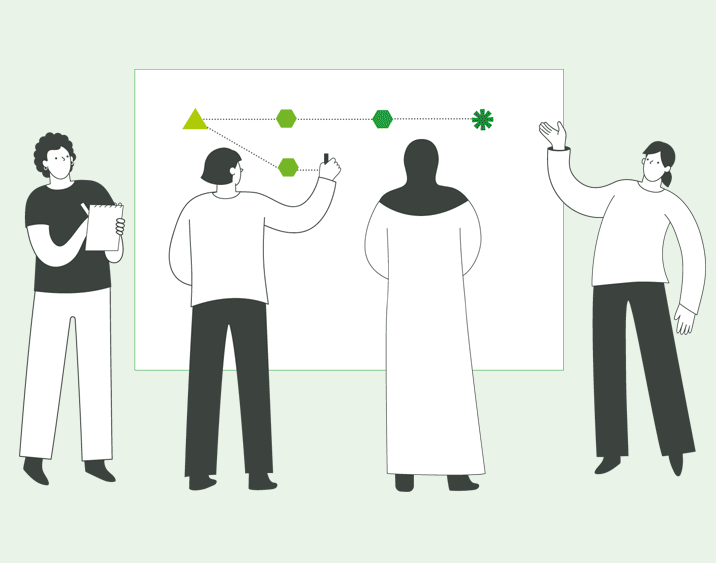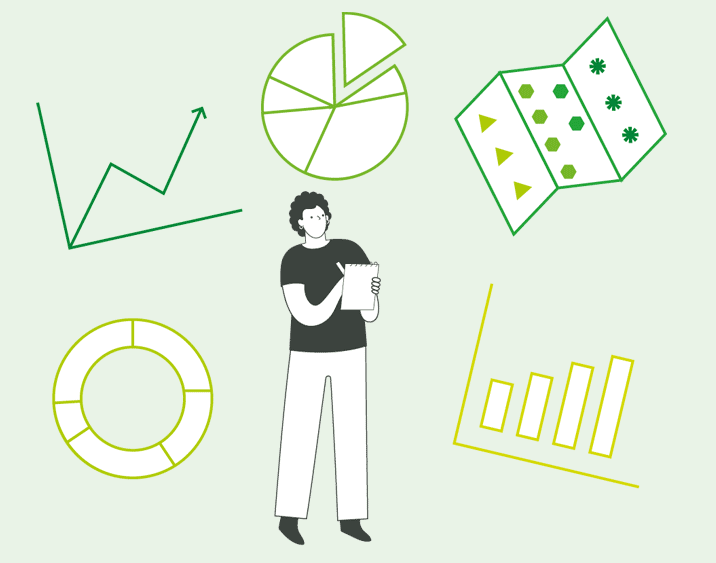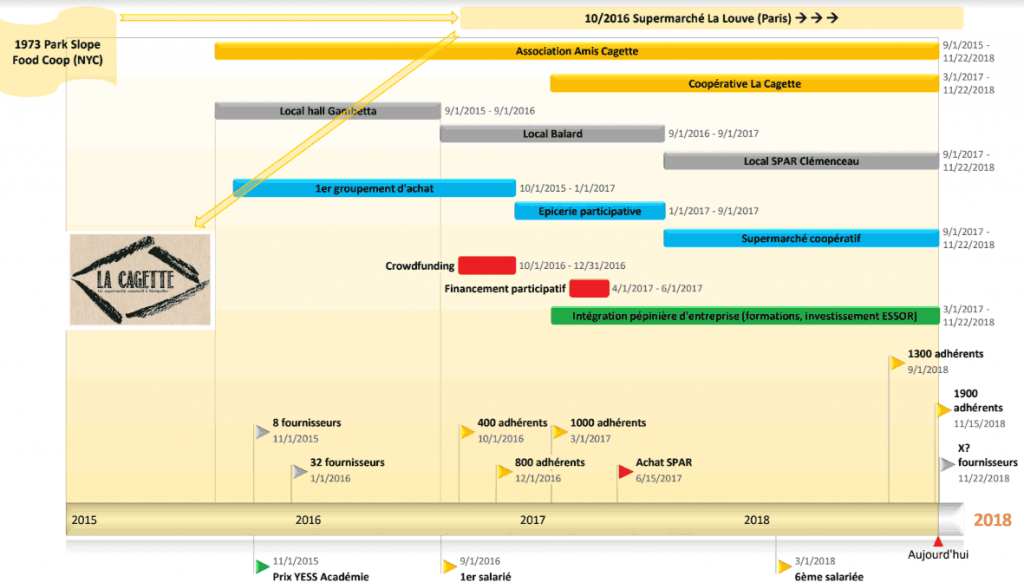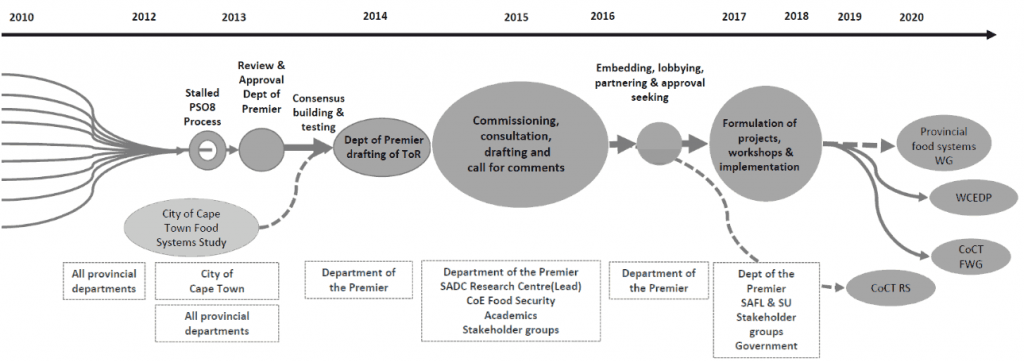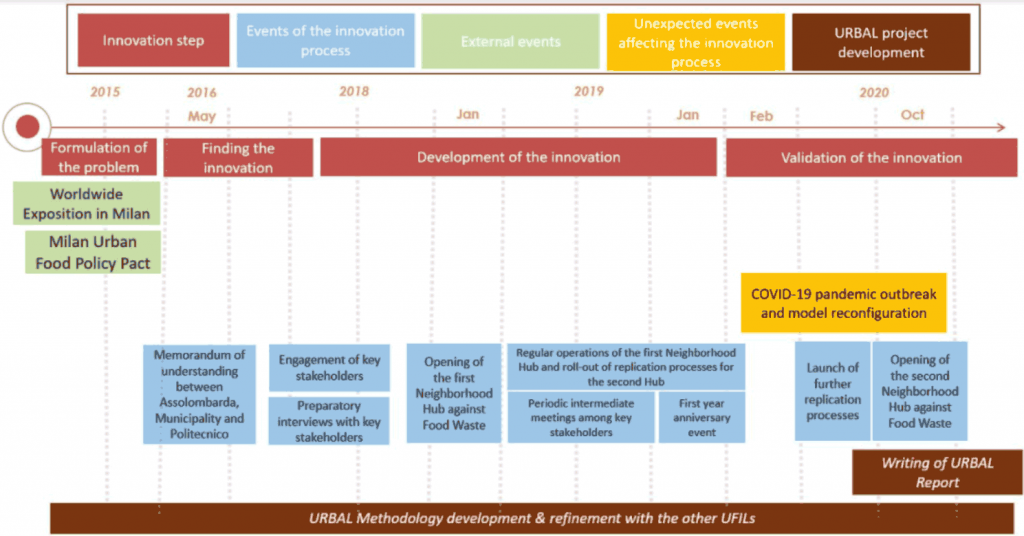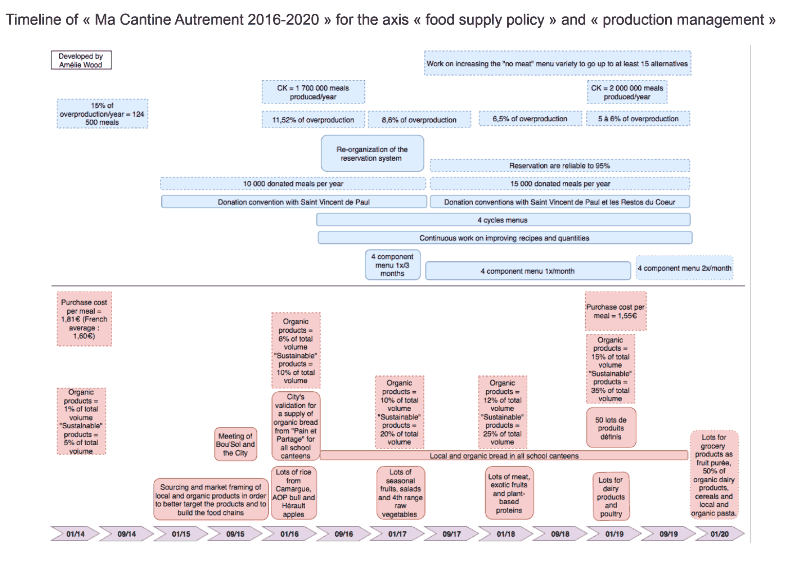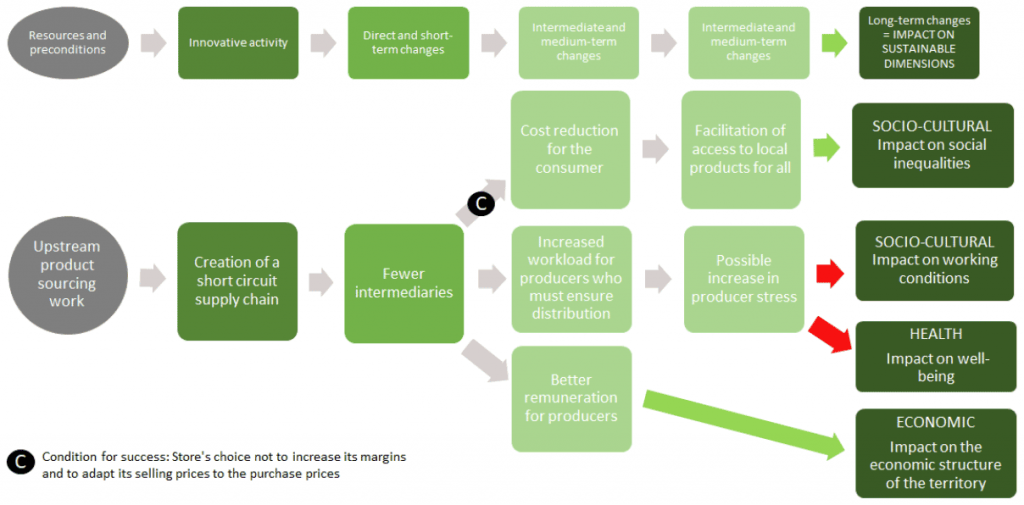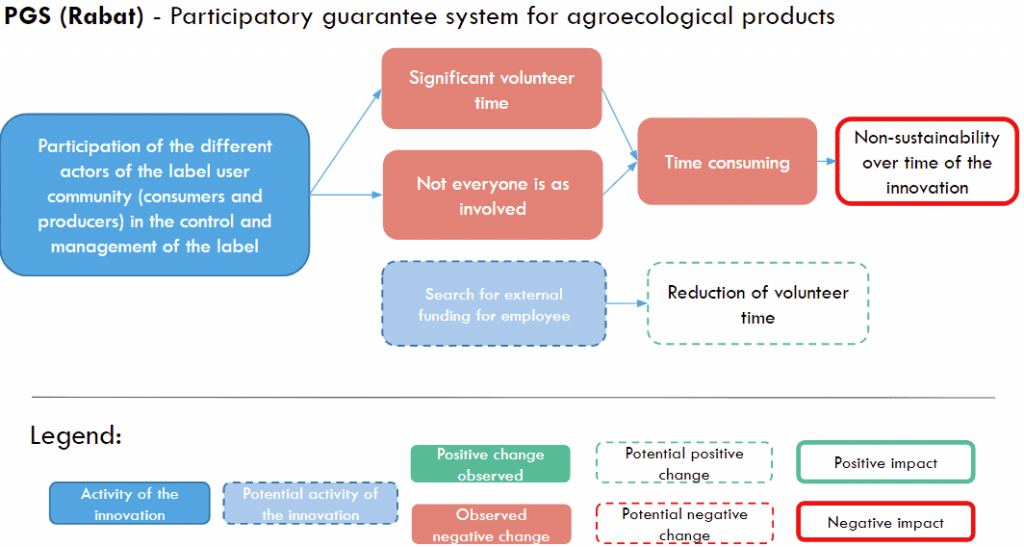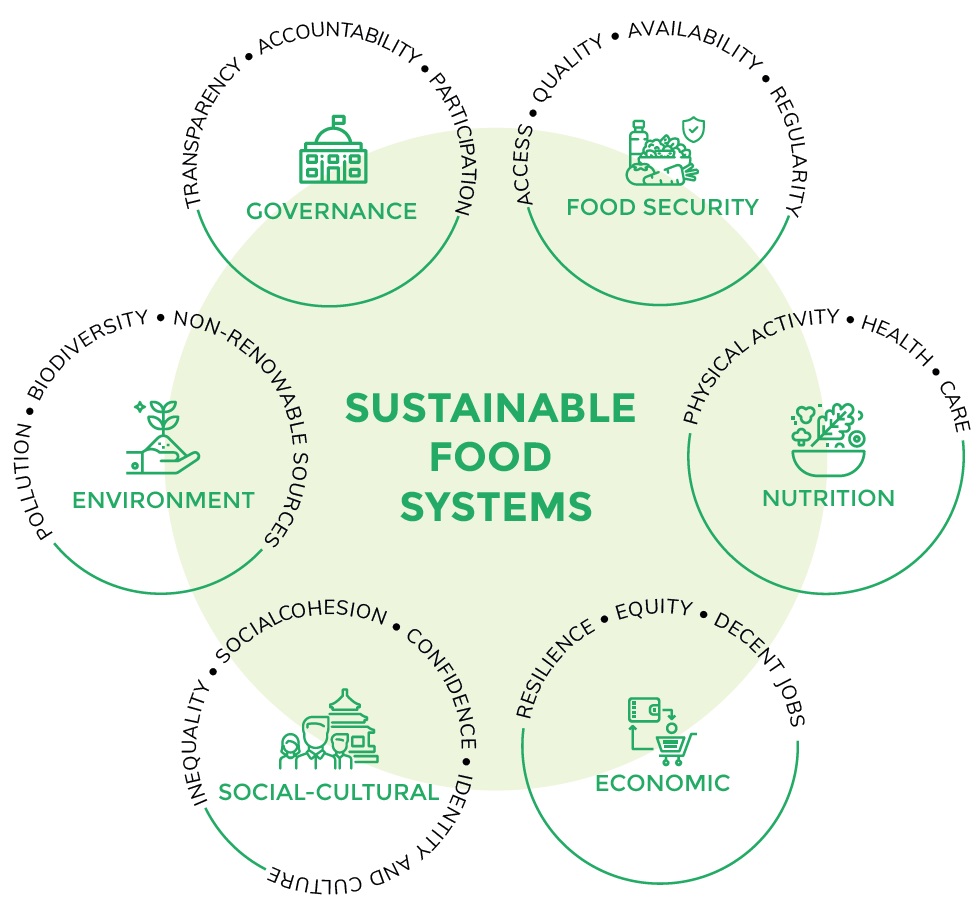
The timeline is a chronological representation of the evolution of the innovation, including key events and outputs. Based on the information gathered through the document and literature review and the interviews, timelines can also include the type and number of actors, innovation activities, key governance decisions or processes, and location, among other important types of information.
The timeline helps uncover turning points and thresholds in the development of the innovation, which in turn allows you to better visualize the explicit or implicit strategy, and the various steps taken towards scaling, and other difficult to identify aspects of an innovation.
Shared experiences and feedbacks from other users:








